Variable Frequency Drive Price| Gtake Inverter| 0.75kw, 220VA
Power: 0.75kw
Model: GK100-2T0.75
Input Type: 1~220V 50~60Hz
Output Type: 3~ 220V 0~600Hz
Brand: Gtake
Origin: Made in China
Efficiency: High Efficiency
Cooling: Air cooling
Applying motor: Induction motor
Frequency command source: Keypad, terminals, communication
Run command source: Keypad, terminals, communication
Starting torque: 0.5HZ: 180% (V/F control, sensorless vector control 1)
Overload capacity: 1 minute for 150% ; 10s for 180%; 0.5s for 200%
Variable Frequency Drives (VFDs) are essential components used in various industrial and commercial applications to control the speed and torque of electric motors. The price of a VFD can vary significantly based on several factors, including its power rating, features, brand, and intended application. Generally, the cost of a VFD can range from a few hundred to several thousand dollars, making it crucial for buyers to understand what influences pricing in order to make informed decisions.
One of the primary drivers of VFD pricing is the power rating or capacity, typically measured in horsepower (HP) or kilowatts (kW). Larger VFDs designed to handle higher power outputs tend to be more expensive due to the more advanced technology and materials required to operate efficiently at these levels. Additionally, the type of motor the VFD will control—such as AC, DC, or servo motors—can also affect pricing. VFDs designed for specialized applications, such as those requiring precise speed control or enhanced energy efficiency, may carry a premium.
The features included with a VFD can also influence its price. Advanced models may offer functionalities like built-in PID controllers for process automation, enhanced communication protocols (like Modbus or Ethernet), and user-friendly interfaces for easier programming and operation. These extra features can significantly increase the cost but may ultimately provide better performance and energy savings in the long run.
Brand reputation and distribution methods also play roles in the pricing of VFDs. Established manufacturers may charge more for their products due to perceived reliability, warranty support, and customer service. Conversely, less-known brands could offer lower prices, but customers should carefully assess the quality and reliability before making a decision.
Furthermore, additional costs such as installation, integration with existing systems, and maintenance should be considered when evaluating the total cost of ownership for a VFD. Some buyers may opt for extended warranties or service agreements which can add to the overall price but may provide peace of mind and long-term savings.
In conclusion, while the initial price of a variable frequency drive is an important consideration, potential buyers should evaluate all contributing factors, including power rating, features, brand reputation, and installation costs. Making an informed decision can lead to choosing the right VFD that not only fits the budget but also meets the operational needs efficiently.
Why Variable Frequency Drive’s cost varies?
Answer: When considering the purchase of a variable frequency drive (VFD), several factors influence the price. The cost typically varies based on the drive’s power rating, features, and brand. Smaller VFDs for low-power applications may start at a few hundred dollars, while larger, more sophisticated units designed for complex systems can range into thousands. Additional considerations such as installation, compatibility with existing systems, and maintenance requirements can also affect the overall investment. It’s essential to evaluate your specific needs and consult with suppliers to obtain tailored quotes that reflect the best options for your project.

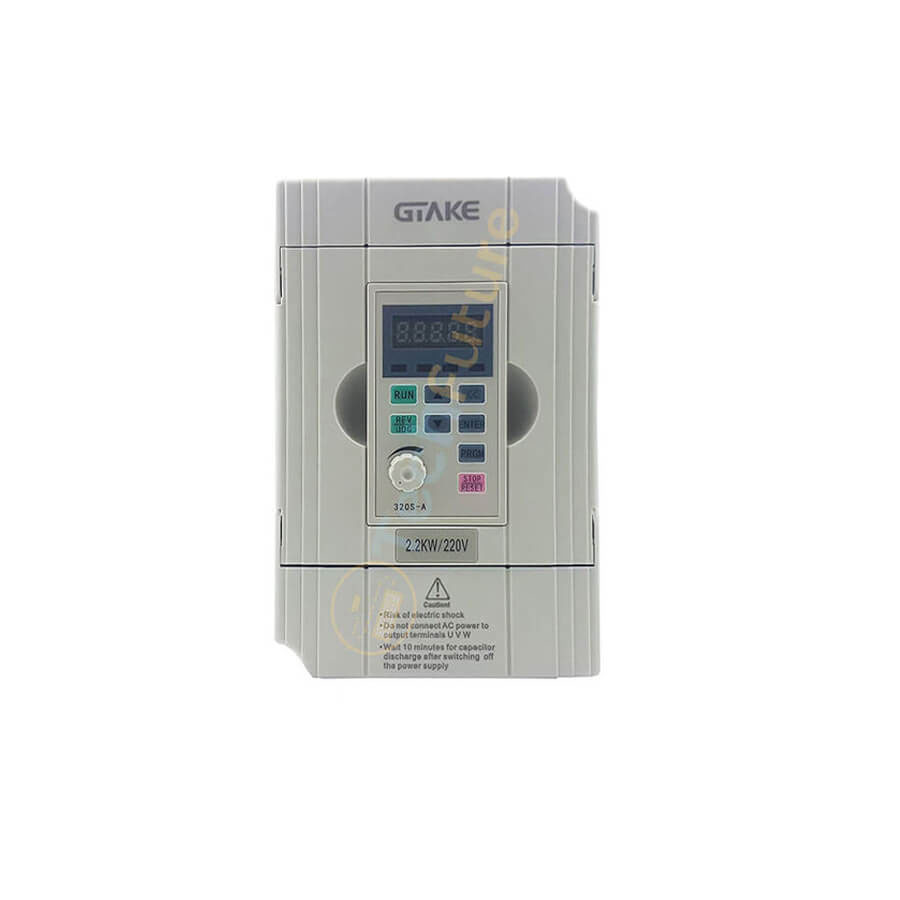
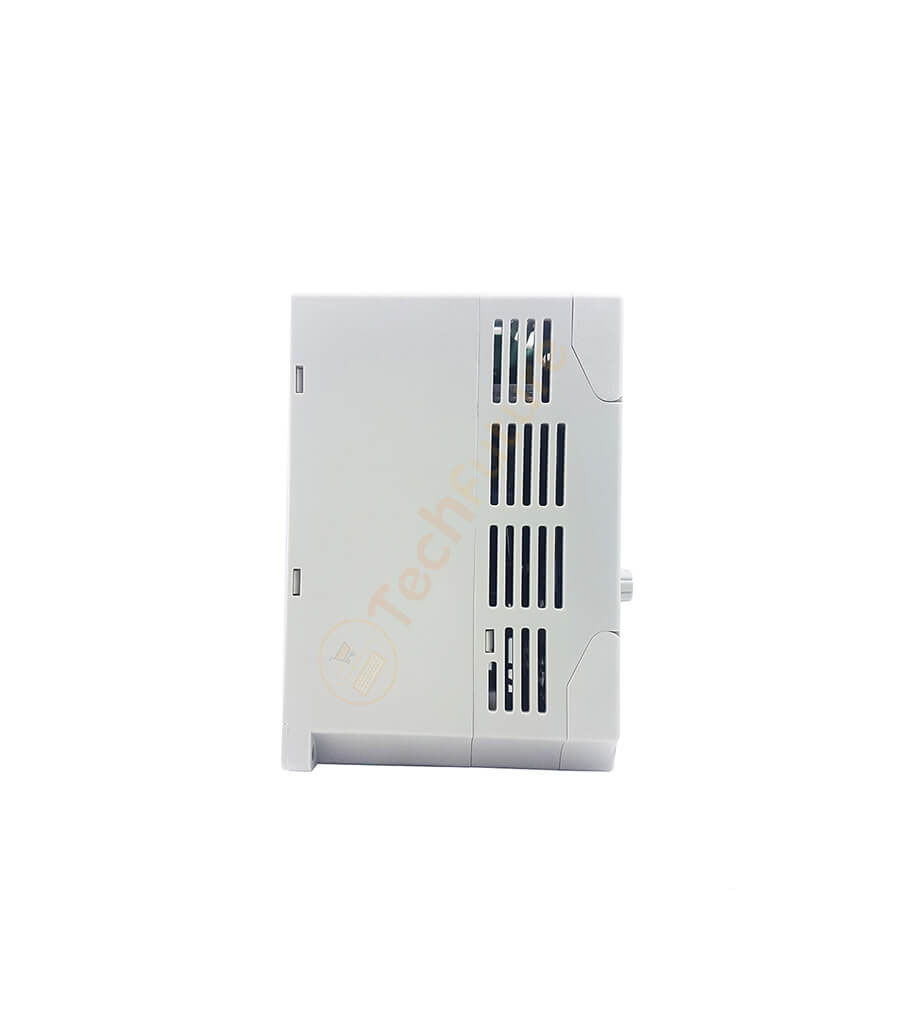
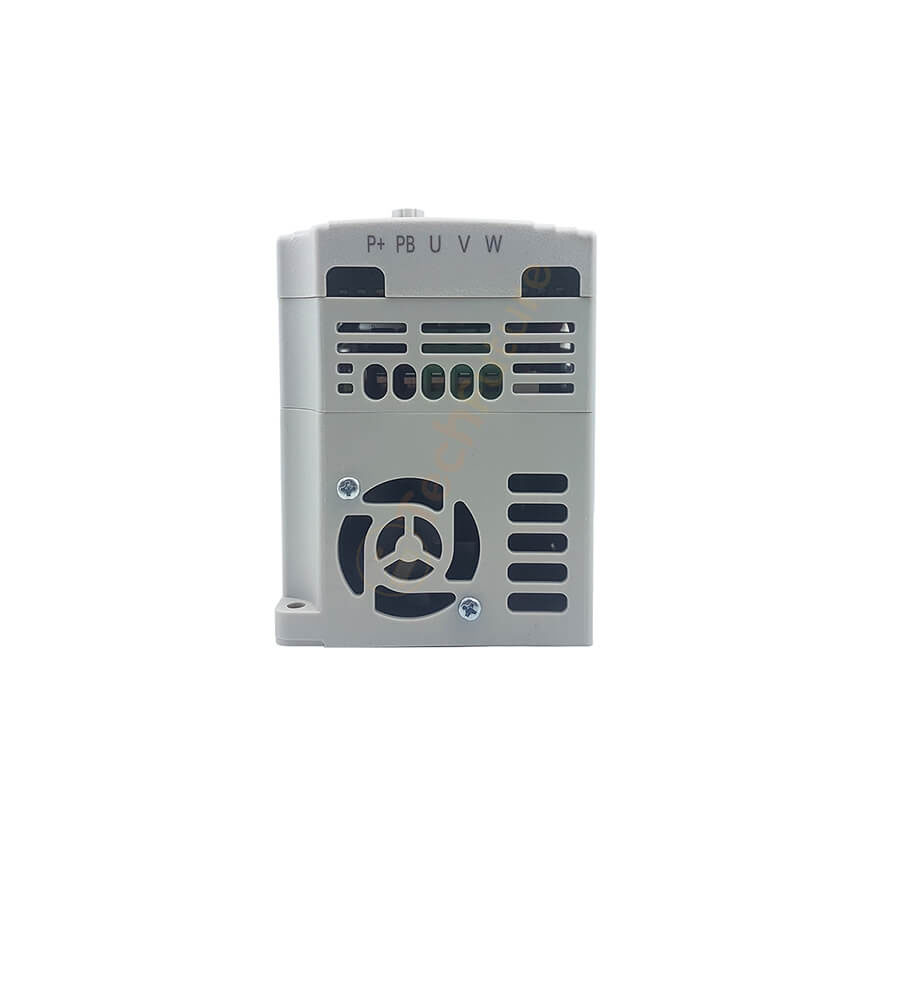
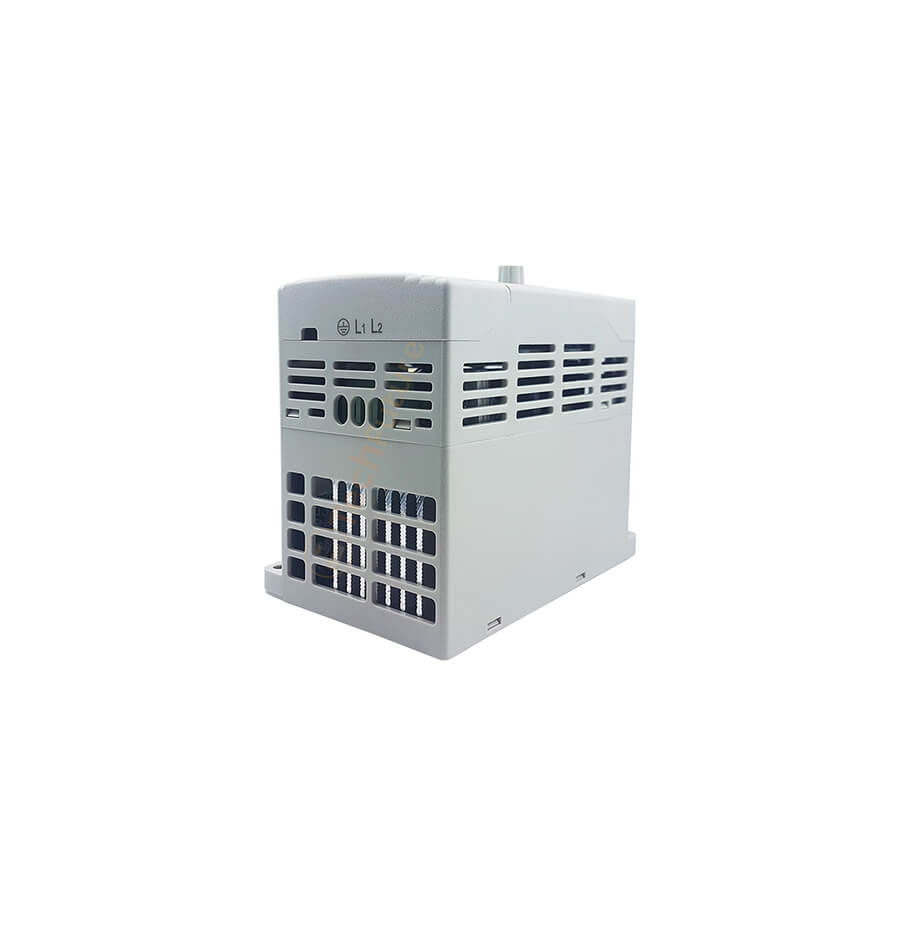
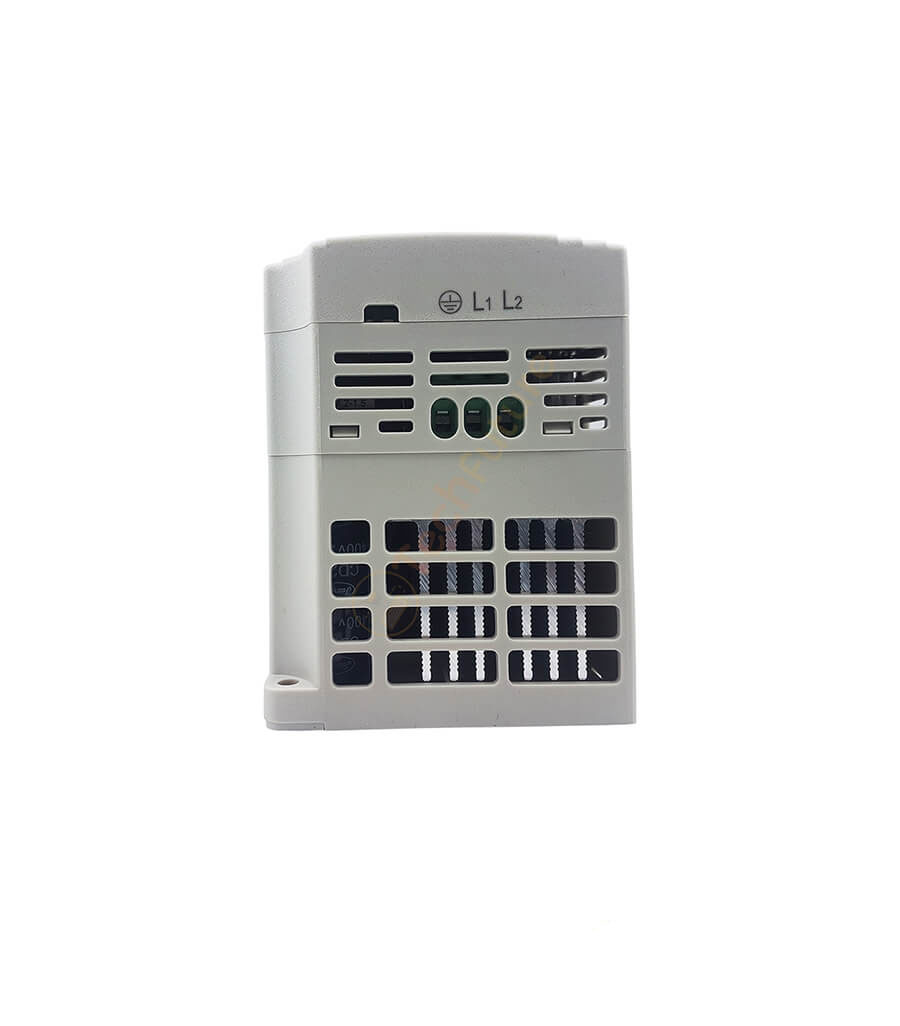
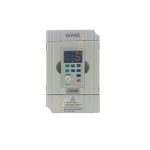


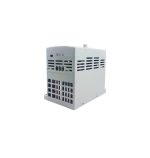

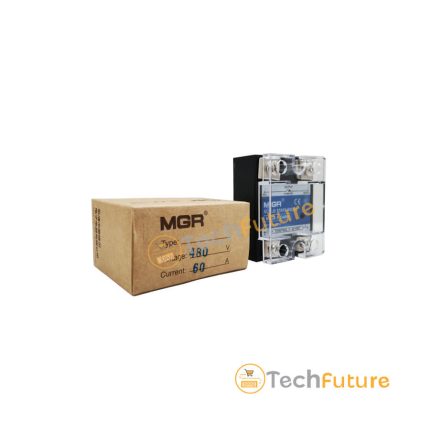
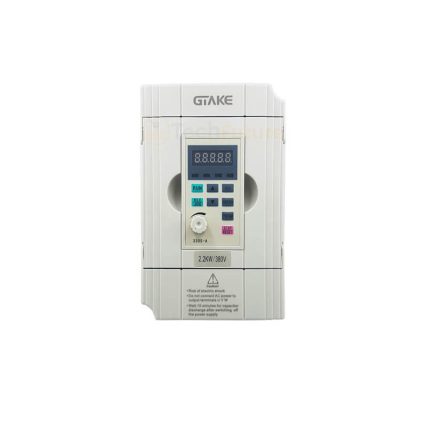
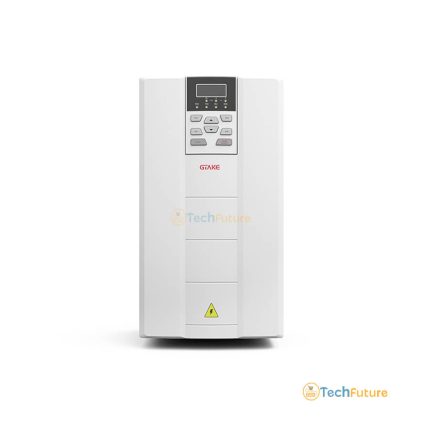
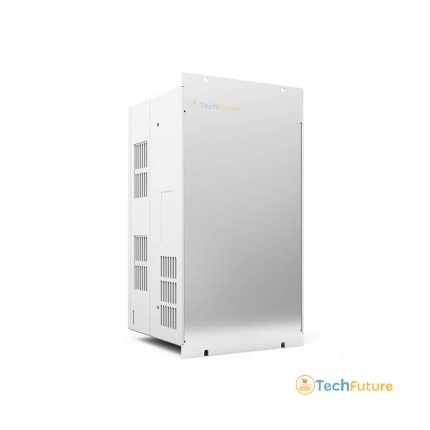
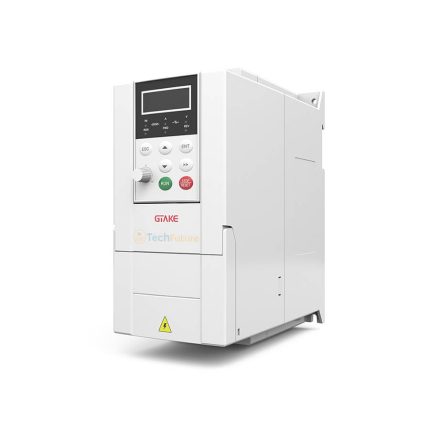
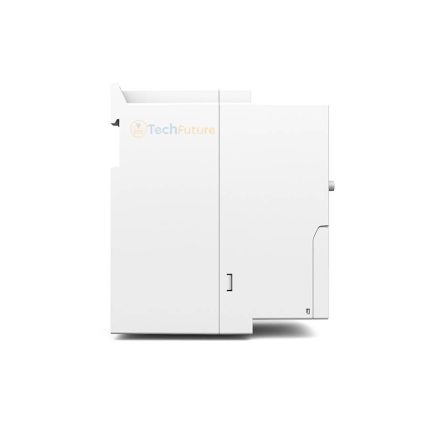
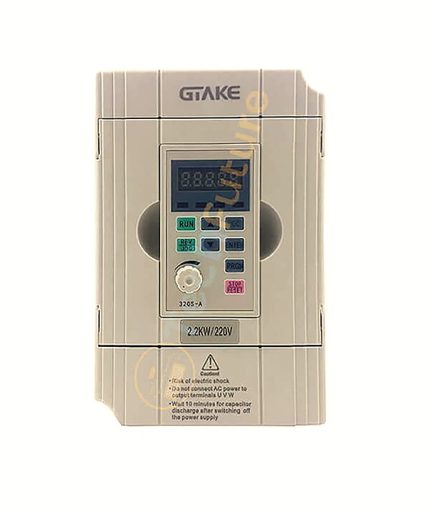
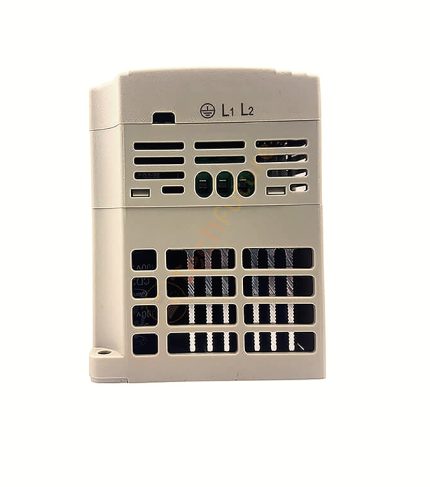
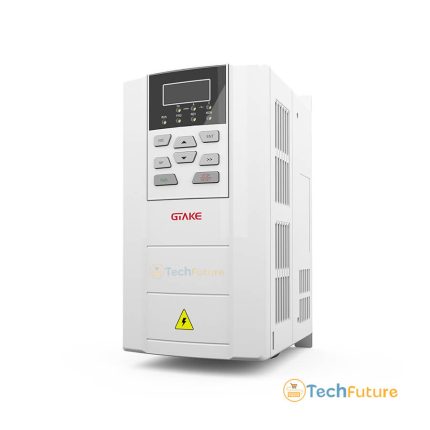
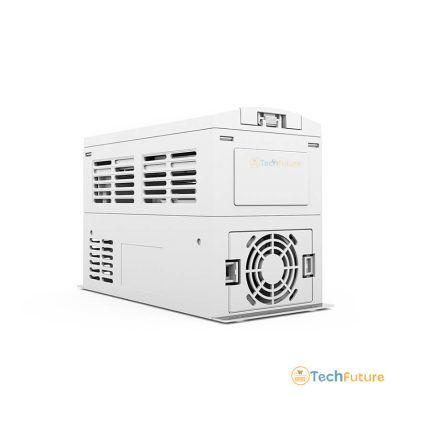
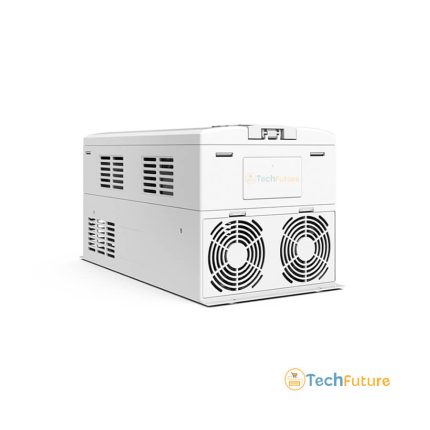
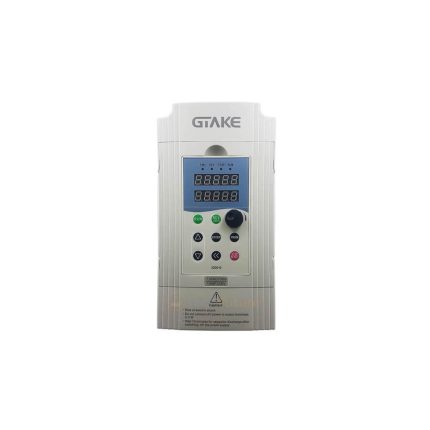
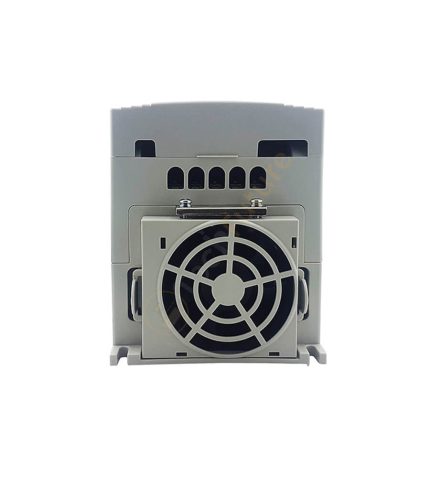
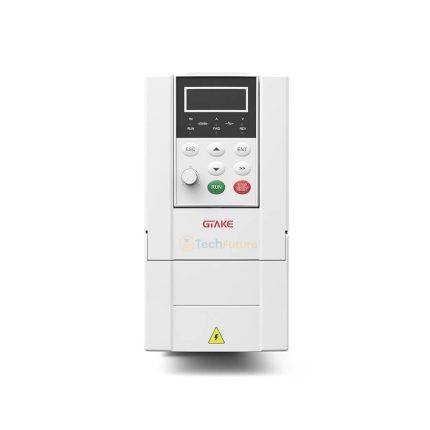
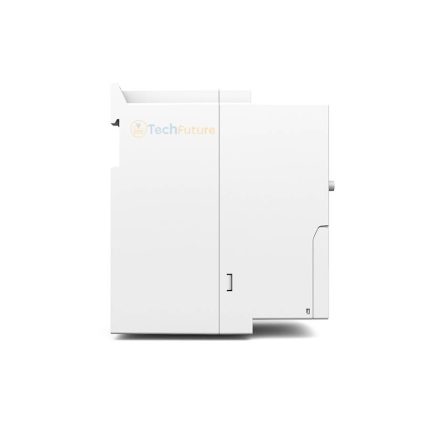
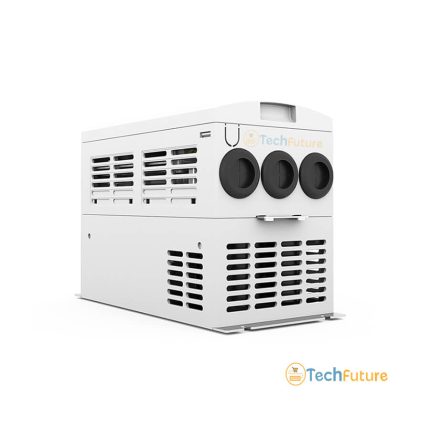
Reviews
There are no reviews yet.